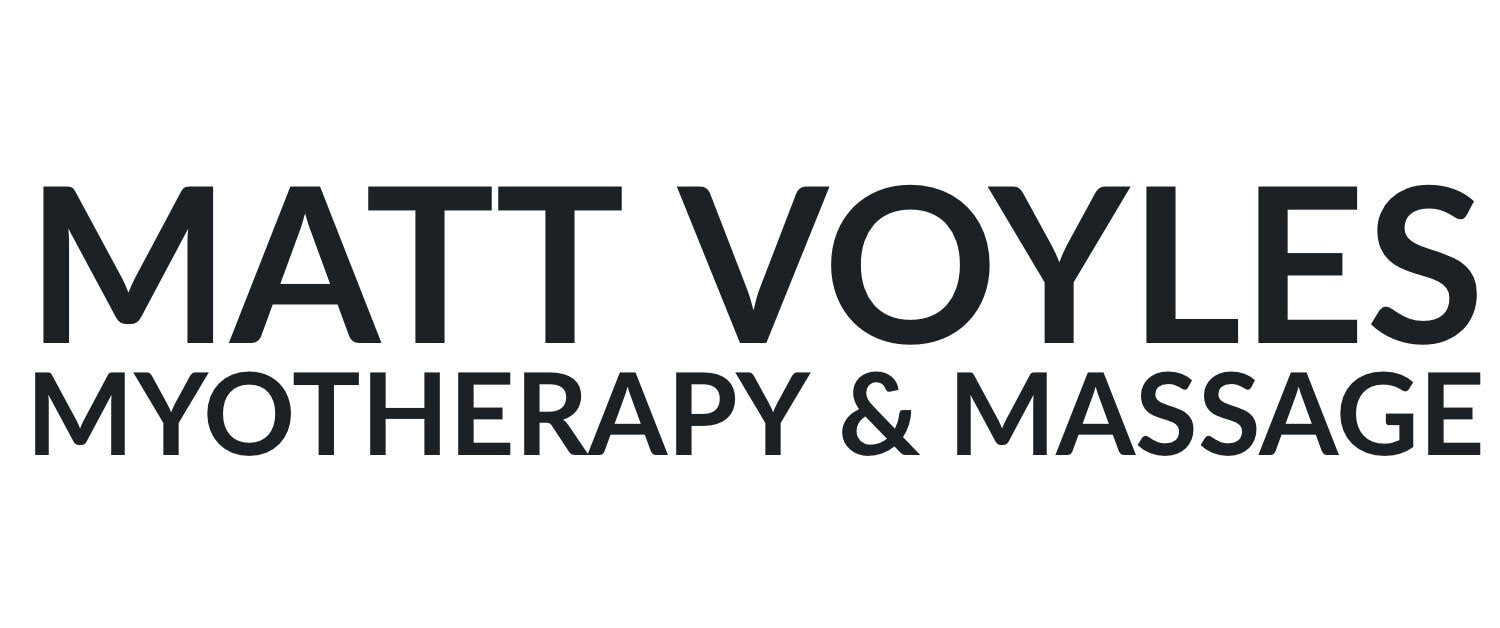What is Dry Needling?
Dry Needling:
1. Effective treatment to reduce muscle pain and tension
2. Hair-line fine needle is inserted into muscle trigger point
3. Excellent safety record, nearly painless procedure
4. Evidence based intervention supported by research
5. Tennis elbow, lower back pain and rotator cuff injuries are conditions that respond to dry-needling
Dry needling is a safe and effective treatment for muscle pain
A myotherapist will insert a hair-line fine needle into the surface layer of a muscle trigger point with the goal to reduce pain and decrease muscle tension. No fluid is injected, hence it is ‘dry’. The positioning and application of needles are quite different to acupuncture. The technique has an excellent safety record and adverse reactions are rare (1).
Many clients find a combination of myotherapy and dry-needling treatment beneficial to their health and wellness goals. Myofascial dry-needling is most effective when combined with other myotherapy techniques such as remedial massage, joint mobilisation, stretching and rehabilitation exercises. Tennis elbow, sciatic back/hip pain (2.) and rotator cuff injuries are examples of conditions that respond well to myofascial dry-needling.
The exact mechanism by which dry-needling works to dampen pain and relax tight muscles is unknown, but is an area of active research. It is known that that the effect is not due to placebo (2.) (i.e. just in peoples’ minds) and that there is an interaction with the local nervous system. And, changes in blood flow are observed around about the insertion site. Future research will no doubt uncover more about this fascinating technique.
-Matty
References -
(1.) Adverse events following trigger point dry needling: a prospective survey of chartered physiotherapists Brady S, McEvoy J, Dommerholt J, Doody C. J Man Manip Ther. 2014 Aug; 22(3): 134–140. doi: 10.1179/2042618613Y.0000000044 PMCID: PMC4101552 Retrieved online: 29 Nov 2018
(2). Evidence for dry needling in the management of myofascial trigger points associated with low back pain: a systematic review and meta-analysis.Liu L, Huang QM, Liu QG, Thitham N, Li LH, Ma YT, Zhao JM. Arch Phys Med Rehabil. 2018 Jan;99(1):144-152.e2. doi: 10.1016/j.apmr.2017.06.008 PMID: 28690077 Retrieved online: 29 Nov 2018


